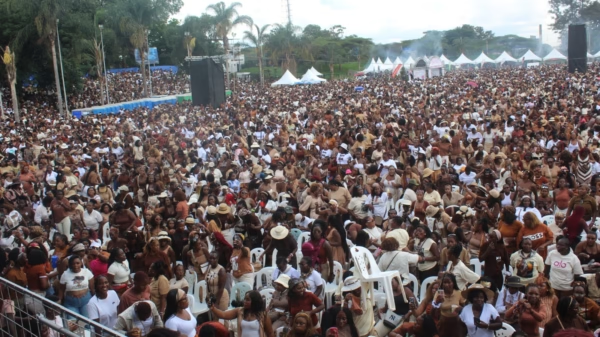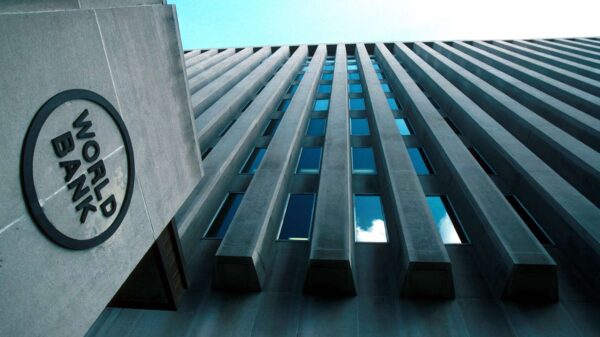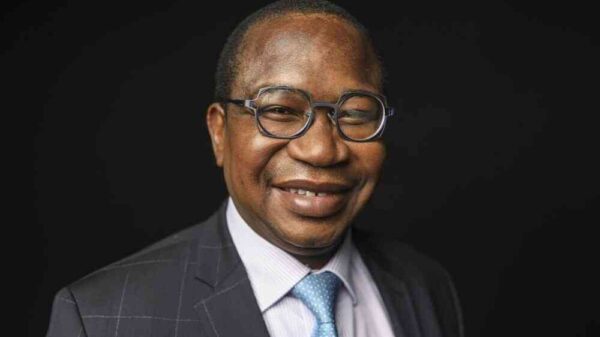Harare, Zimbabwe | As Zimbabwe moves to start circulating the newly launched structured currency, here is what our reporters learned.
In response to the persistent challenges faced by Zimbabwe’s economy, characterized by hyperinflation, currency devaluation, and economic instability, the government announced a groundbreaking initiative—the introduction of a structured currency.
This initiative aims to address the long-standing monetary issues plaguing the nation and pave the way for sustainable economic growth and stability.
What exactly is a “structured currency”? How will it be different from the current Zimbabwean dollar? What commodity will the structured currency be linked to? How will this link be established and maintained?
• A structured currency is generally defined as a currency that is pegged to a specific exchange rate or currency basket and backed by a bundle of foreign exchange assets (potentially including Gold). This means that a Central Bank can only issue domestic notes and coins when fully backed by a foreign “reserve” currency or foreign exchange assets and that the currency is fully convertible into the reserve currency on demand.
• The structured currency is different from the ZW$ in that it is anchored by a composite basket of foreign currency and precious metals (mainly Gold) held as reserves for this purpose by the Reserve Bank.
Features of the Structured Currency:
Unlike the previous fiat currencies, the new structured currency is backed by a diverse portfolio of assets, including precious metals, foreign currencies, and potentially even digital assets like cryptocurrencies.
This diversified backing is designed to instill confidence in the currency and mitigate the risks associated with over-reliance on a single asset.
One of the primary contributors to Zimbabwe’s hyperinflation in the past was the excessive printing of money. To prevent a recurrence of this phenomenon, the structured currency is designed with a controlled and transparent issuance mechanism. The supply of the currency will be carefully managed to maintain stability and prevent inflationary pressures.
Also read: Siblings recently released from prison commit murder against their uncle
The issuance and management of the structured currency will be overseen by an independent monetary authority or central bank, operating with a high degree of transparency and accountability. Transparent governance structures are essential for building trust in the currency and ensuring its credibility both domestically and internationally.
Recognizing the importance of digital transactions in the modern economy, the structured currency will be seamlessly integrated with digital payment systems. This integration will facilitate faster, more efficient, and secure transactions, promoting financial inclusion and driving economic activity.
The introduction of the structured currency will be carried out in stages, allowing for careful planning, testing, and adjustment along the way. This phased approach minimizes disruption to the economy and allows stakeholders to adapt gradually to the new monetary framework.
Benefits of the Structured Currency:
By diversifying its backing and controlling its supply, the structured currency offers greater stability and predictability compared to previous fiat currencies. This stability is essential for fostering investor confidence, attracting foreign investment, and supporting sustainable economic growth.
The controlled supply of the structured currency helps mitigate inflationary pressures, preserving the purchasing power of citizens’ savings and incomes. Stable prices contribute to overall economic stability and improve the standard of living for Zimbabweans.
The transparent governance and digital integration of the structured currency enhance the resilience of Zimbabwe’s financial system. By leveraging digital technologies, the currency becomes more resistant to counterfeiting and fraud while promoting greater efficiency and transparency in financial transactions.
A well-managed structured currency enhances Zimbabwe’s credibility and reputation in the international community. This, in turn, can lead to increased access to international trade and financial markets, as well as improved relations with foreign investors and lenders.
Challenges and Considerations:
While the introduction of a structured currency holds significant promise for Zimbabwe’s economic revival, it is not without its challenges and considerations.
Building public trust and acceptance for the new currency will be crucial. Education and communication campaigns will be necessary to familiarize citizens with the benefits and features of the structured currency and address any skepticism or apprehension.
The successful implementation of the structured currency relies on effective coordination, planning, and execution by government authorities and relevant stakeholders. Any missteps or inefficiencies in the implementation process could undermine confidence in the currency and hinder its effectiveness.
Zimbabwe’s economic fortunes are influenced by a myriad of external factors, including global economic conditions, commodity prices, and geopolitical developments. The government must remain vigilant and adaptable in navigating these external dynamics to safeguard the stability of the structured currency.
Ensuring the long-term sustainability of the structured currency requires ongoing monitoring, evaluation, and adjustment of monetary policies and frameworks. This includes addressing emerging challenges, maintaining fiscal discipline, and adapting to evolving economic circumstances.
As of today, the government has implemented stringent measures to safeguard the new currency, including the incarceration of individuals involved in black market activities.
For comments, Feedback and Opinions do get in touch with our editor on WhatsApp: +27 82 836 5828

For comments, Feedback and Opinions do get in touch with our editor on WhatsApp: +44 7949 297606.





















































